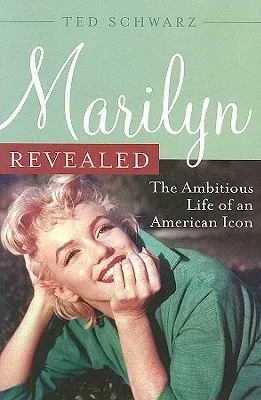"What made Norma Jean special was the quality she discovered when, bored
with being a teenage bride with a husband in the Merchant Marine during
World War II, she took her first and most enduring lover-the camera." So
posits author Ted Schwarz in the first comprehensive look at the life of
Marilyn Monroe to appear in years, a biography that benefits from
interviews with many of the actress's friends and acquaintances who have
remained silent until now. Putting together the pieces of Marilyn's
final days, spent in the company of Peter Lawford and his brother-in-law
Attorney General Robert Kennedy, Schwarz also speculates on the causes
of her death, which he describes as a "Hollywood version of natural
causes." An unwanted child who had been passed around among her mother,
her mother's friends, foster homes, and orphanages, the long record of
rejection prompted Marilyn to lie about her childhood in her
autobiography and become pathologically insecure in her relationships
with men. Married five times, there was often no line of distinction as
she moved from one affair to another: as Schwarz notes almost
matter-of-factly, for example, Marilyn celebrated her engagement to
baseball great Joe DiMaggio by going to bed with film director Elia
Kazan. Upon returning from her honeymoon with DiMaggio, she immediately
announced to friends her intention to marry playwright Arthur
Miller-much to the surprise of Miller and his wife. "Still," Schwarz
writes, "it was only to the camera that she did not look ahead to the
next lover...all it asked of her was to allow it to transform Norma Jean
Mortenson Dougherty...into a movie star and one of the most desired
women in the world."

